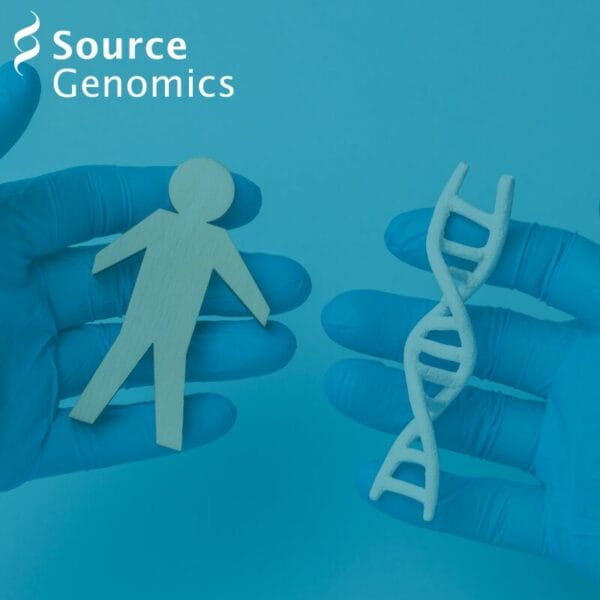How Do Cellular Pathology Services Fit into the Patient Pathway?
Cellular pathology has a pivotal role to play in both healthcare and the patient pathway. It examines tissue samples on a microscopic level to diagnose disease. This means it can provide insights on the severity of different conditions. As a result, clinicians can feel more secure when making decisions.
This article aims to dissect the integration of cellular pathology services within the patient pathway. It will also elucidate on its impact on patient care, from diagnosis to treatment and follow-up.
The Role of Cellular Pathology in Diagnosis
Initial Consultation and Sample Collection
The journey typically begins with the patient presenting symptoms to a healthcare provider. When a disease is suspected to have a cellular basis, a biopsy or tissue sample is obtained. This sample is then sent to a lab.
Histopathological Examination
Laboratory services are conducted by histopathologists. They are experts in disease tissue diagnosis and will examine the samples under a microscope. From there, they will assess the morphology of cells and tissues. That way they can find abnormal characteristics that are indicative of diseases like cancer, inflammation, or infection.
Diagnostic Reporting
The findings from laboratory testing are compiled into a detailed report. This report often includes the classification and staging of any disease present. It plays a crucial role in guiding the subsequent steps in patient management. The turnaround time for the report will depend on whether further testing is required to confirm the results.
Contribution to Treatment Planning
Multidisciplinary Team Meetings
The information provided by cellular pathology is often discussed in multidisciplinary team meetings. These meetings involve various specialists who collectively devise a personalised treatment plan based on the pathology report.
Informing Treatment Choices
The details in the pathology report can determine the choice of treatment. For example, in cancer, the type and stage of the tumour can dictate whether surgery, chemotherapy, radiation, or a combination should be the next step forward.
Monitoring Disease Progression and Response to Treatment
Ongoing Surveillance
Cellular pathology is not limited to initial diagnosis. Repeat biopsies and tissue examinations can be used to monitor the progression of a disease or its response to treatment. These studies offer real-time feedback to clinicians.
Predictive and Prognostic Information
Some cellular pathology techniques, such as immunohistochemistry, provide predictive and prognostic information. This can help in anticipating the course of the disease and tailoring long-term management strategies.
Challenges and Future Perspectives
Technological Advancements
Advancements in digital pathology and molecular diagnostics are revolutionising cellular pathology. These technologies promise more precise diagnoses and a better understanding of the molecular underpinnings of diseases.
Integration with Personalised Medicine
The field is moving towards a more personalised approach to patient care. Understanding the genetic and molecular profile of diseases enables more targeted and effective treatments.
Accessibility and Resource Allocation
One of the challenges in cellular pathology is ensuring equitable access to these advanced diagnostic services, especially in resource-limited settings. Addressing these disparities is crucial for the holistic integration of cellular pathology in patient care pathways on a global scale.
Improving Patient Care Through Cellular Pathology Technology
Cellular pathology services are integral to the patient pathway. They offer invaluable and user-friendly insights, from diagnosis to treatment and follow-up. As technology evolves, so will the role of cellular pathology, further enhancing its impact on patient care and customer service. Ensuring accessibility and keeping pace with technological advancements remain key challenges in this field.
In light of the pivotal role that cellular pathology plays in the patient pathway, healthcare professionals seeking expert and reliable diagnostic services can turn to Source Bioscience for comprehensive support. Our state-of-the-art cellular pathology services are designed with precision and patient care in mind offering unparalleled diagnostic accuracy.
We invite you to explore our offerings and learn how our expertise in histopathology and cellular pathology can seamlessly integrate into your patient care strategies. Discover more about our dedicated services tailored for NHS Trusts at Source Bioscience. Let us be a part of your journey towards advanced, patient-centric care.
References
- Abbas K, Aster J, Kumar V. Robbins Basic Pathology. 10th ed. Philadelphia: Elsevier; 2017.
- Ellis IO, Lakhani SR, Schnitt SJ, Tan PH, Vijver MJ. WHO Classification of Tumours of the Breast. 4th ed. France: International Agency for Research on Cancer; 2021.
- Colgan T, Collins L, Evans A, Kaplan K, Pantanowitz L, Pfeifer J, Valenstein P, Wilbur D. Review of the current state of whole slide imaging in pathology. J Pathol Inform. 2011;2(36). doi: 10.4103/2153-3539.83746.
Contact us today and one of our skilled account managers will be in touch with a free consultation including further information and pricing details.
Share this article

